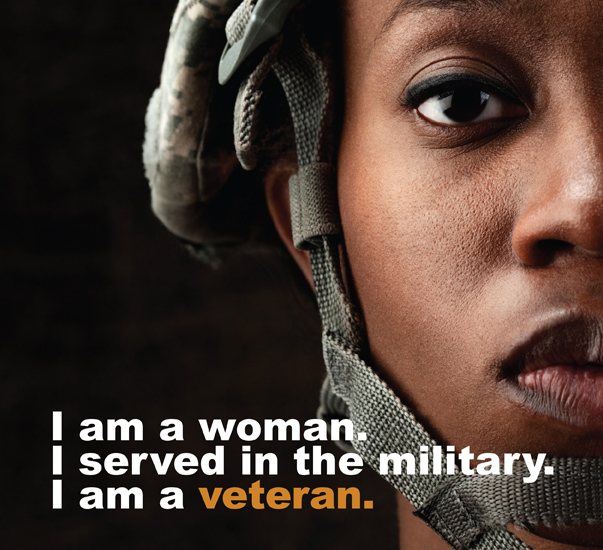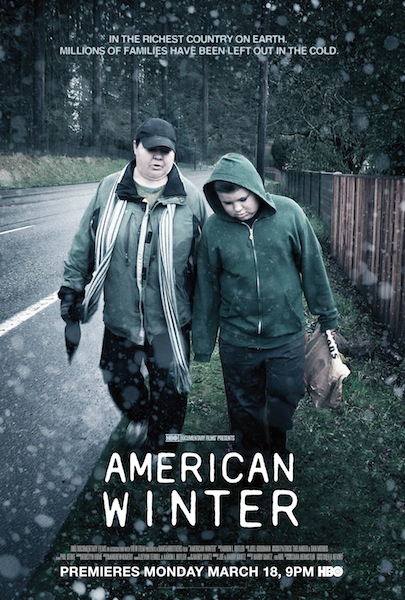What’s the best way to learn about complex social issues like poverty and family homelessness? Guest blogger Lisa Gustaveson, Seattle University's Faith & Family Homelessness Program Manager, has been working with faith communities in King, Pierce and Snohomish counties to answer this question. Among their strategies is a simulation exercise. Read on to learn how Poverty Immersion Workshops can help people more deeply understand and take action to stop the cycle of generational poverty and homelessness.
Poverty
Stories of Two Immigrant Families
From Soldier to Civilian: Affordable Childcare is an Unmet Need for Veterans
The number of women veterans is on the rise in the U.S. While some adjust well to civilian life, others struggle with a variety of barriers. This "From Soldier to Civilian" blog series will share veterans' experiences and explore the challenges that veterans, particularly women veterans, experience. Image credit: Oregon Department of Veterans Affairs
Many veterans experience barriers transitioning into civilian life, and some become homeless. Between now and Veterans Day, November 11, our “From Soldier to Civilian” blog series will examine barriers that veterans, and women veterans in particular, face as they re-enter civilian society. We’ll also share suggestions from experts – veterans themselves – on making the transition easier. Today we introduce you to Leanna, an Air Force veteran and single mom who struggles financially, in part because of the high cost of childcare.
Culture Watch: “American Winter” and Poverty in the United States
In this promotional poster for “American Winter,” you see single mom Jeannette and her son Gunner, a Portland, Oregon family profiled in the documentary film. After Jeannette suddenly loses her husband, and Gunner his father, they end up homeless.
For those of us who feel securely middle class, the idea that a family would retrieve water from a bucket in the backyard, or that parents would go without food so that their children could eat, is unthinkable. That might be a reality for “other people,” maybe in other countries, separated from us by the insulation and distance provided by money. Unfortunately, many members of our community know what it is to live with reminders of the American Dream and signs of affluence all around, yet feel that they are living in a separate America. In this America, hunger is normal, poverty is real, and joblessness feels permanent. Perry Firth reflects on this reality, portrayed in the documentary film "American Winter," in this latest post in our Culture Watch blog series.

